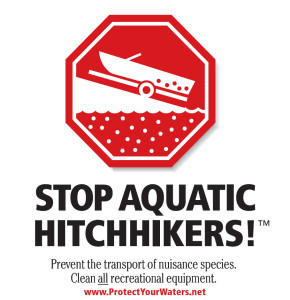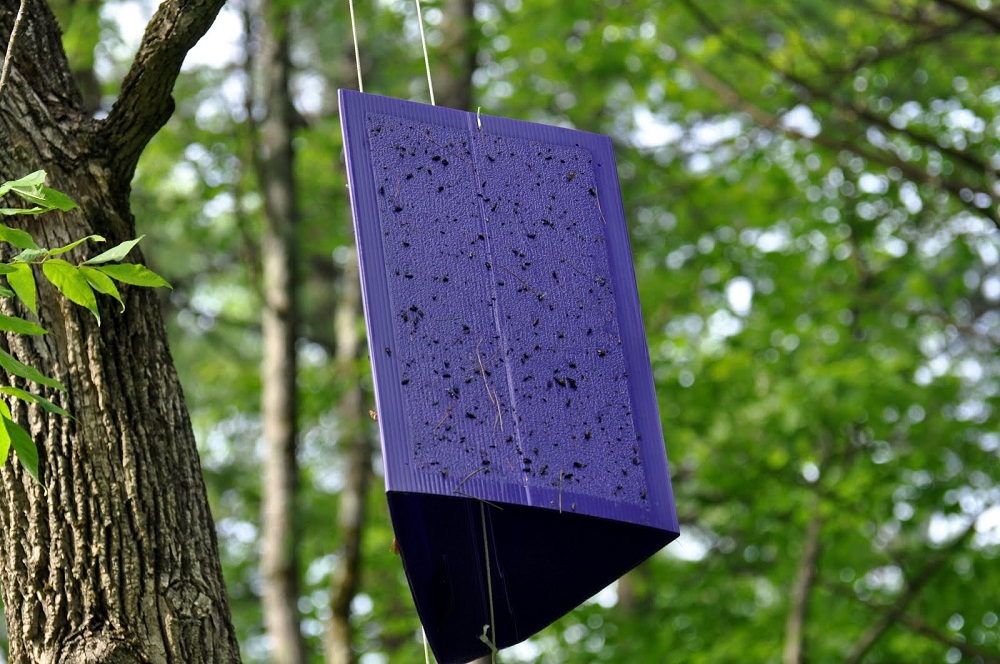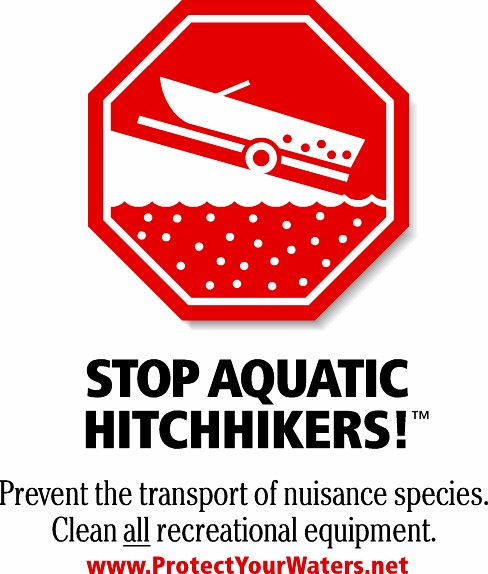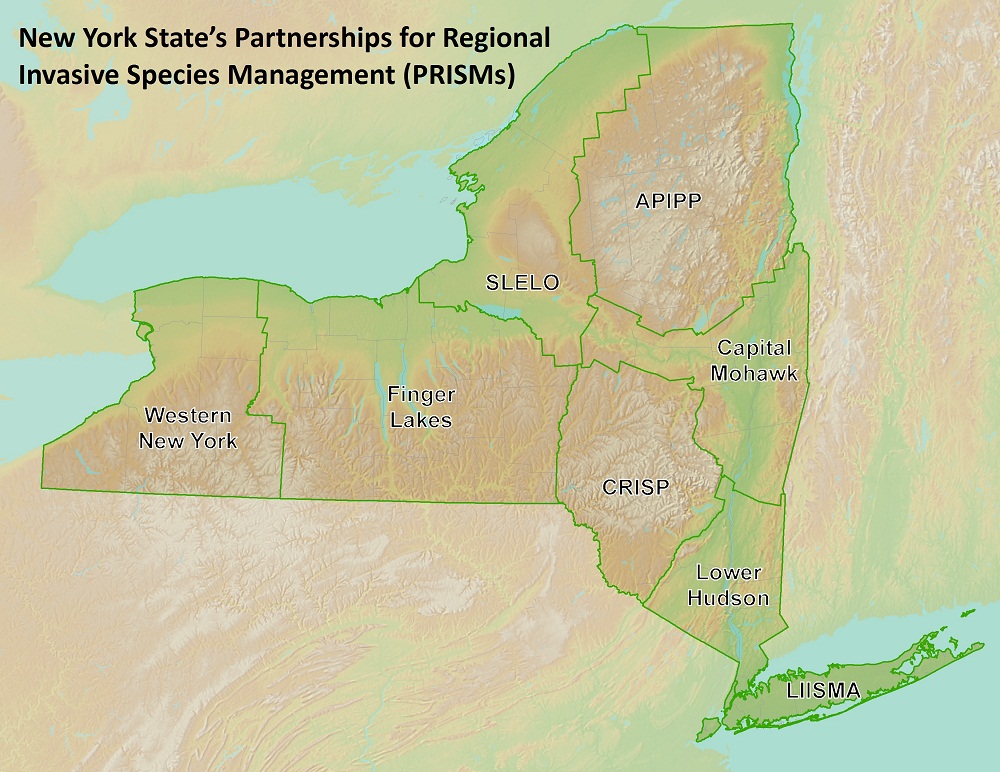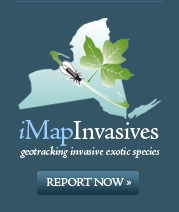Prevent
Whether boating, birding, biking, or hiking – please take care to avoid carrying any “hitchhiking” plants or animals with you. Here are some quick tips to help prevent the spread!
Aquatic Invasive Plants
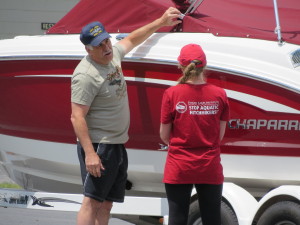 • Use native plants in ornamental ponds and water gardens.
• Use native plants in ornamental ponds and water gardens.
• Check and remove all clinging plants from watercraft, gear, and equipment after each use.
• Avoid boating, paddling, or swimming through dense plant beds.
• Never release aquaria plants into the wild.
• Clean, drain, and dry all boating, angling, and recreational gear before moving between waterways.
• Never transport uncertified baitfish between waters.
• Always dispose of unwanted bait in the trash, not the ground.
• Never release unwanted species from home aquariums.
• Never release live seafood into the wild.
Terrestrial Invasive Plants
• Landscape with native plants.
• Read labels when planting seed mixes; they may include invasive plants.
• Remove invasive plants from your property.
• Never compost terrestrial invasive plants.
• Clean boots and clothes after hiking.
• Clean tread and tires of vehicles, gear, and equipment.
• Avoid picking roadside wildflowers, which may transport seeds.
• Know your source: use weed-free seed, mulch, topsoil, and fill.
Terrestrial Invasive Animals
• Use firewood local to the area you are visiting.
• Clean gear and outdoor recreation equipment after each use.
• Buy and plant only native nursery trees.
• Be on the lookout for signs and symptoms of pest damage on trees.
• Never release unwanted pets into the wild.
National Invasive Species Prevention Campaigns
NYS Department of Environmental Conservation
